Cool Climate Wines: The Best of Northern Hemisphere Vineyards
From the bottling line to the auction house, these cool climate wines are flourishing in their challenging environments
From the bottling line to the auction house, these cool climate wines are flourishing in their challenging environments
Grapes flourish across the globe as a crop, but the most inspiring regions for winemakers and collectors are the ones that challenge vitis vinifera to reach full ripeness, stressing the vines, and adding depth, complexity, and a dash of irresistible je ne sais quoi to the finished bottles.
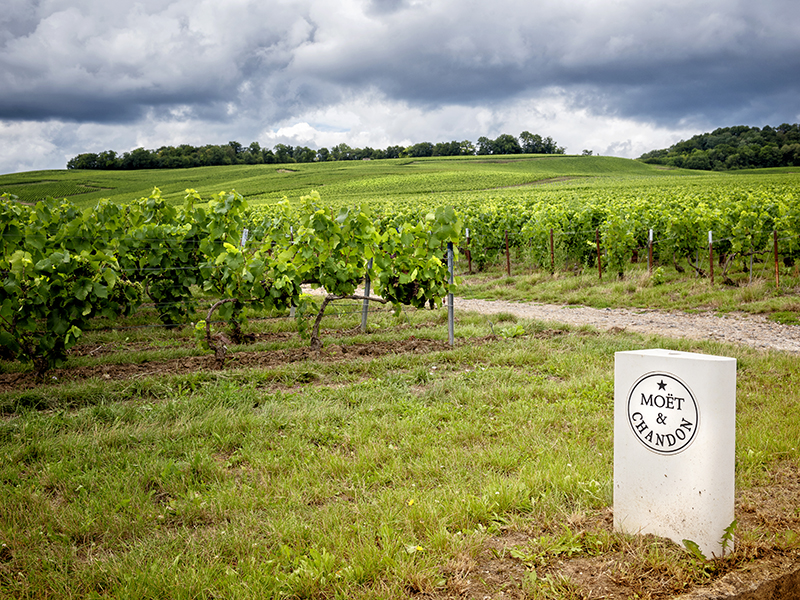
Whether chilled by ocean breezes, altitude, or simply a northerly location, these vineyards—where sweaters are often a prerequisite even during summer—give growers a myriad of challenges and advantages compared with their sun-soaked peers. Grapevines thrive in these marginal climates, which allow grapes to ripen slowly and evenly. The result of these conditions is some of the world’s most nuanced and prestigious wines, including Champagne, Pinot Noir, and Riesling.
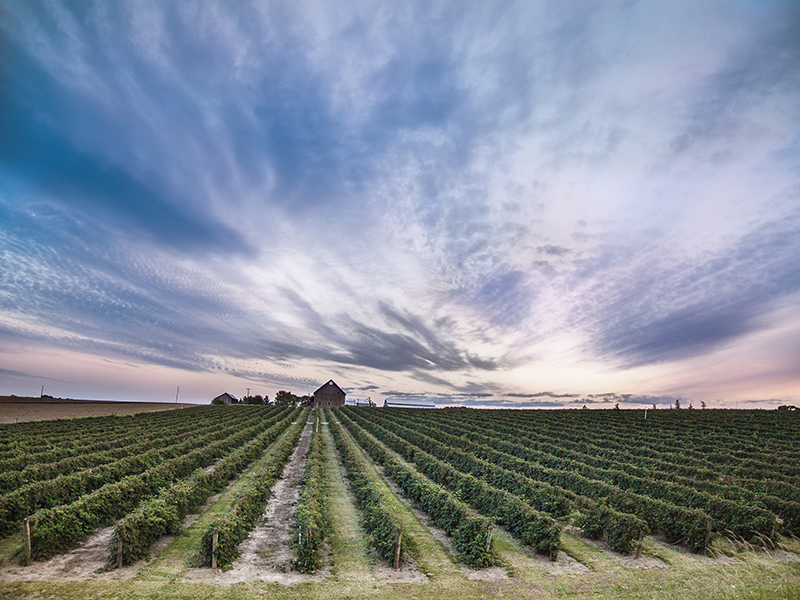
“The fashion now is moving towards wines with less alcohol,” explains Chris Munro, Head of Department, Wine, at Christie’s London. “A cooler climate ensures that the grapes don’t overripen, aren’t over-extracted, and instead have more finesse and elegance.” While global warming is changing which regions are considered ‘cool,’ the popularity of the wines from these regions—including Oregon, New York, Canada, Switzerland, and Champagne—is only increasing, explains Munro.
In Oregon’s Willamette Valley, a region often referred to as the ‘Burgundy of the New World,’ cold temperatures, sunny skies, and Pacific winds combine in a trifecta that’s perfect for Pinot Noir.
“In general, there’s a vibrancy and acidity associated with cool-climate wines in Oregon’s Willamette Valley,” explains Archery Summit winemaker Ian Burch, who is based in Oregon. “Whites tend to be more acidic and aromatic, while reds are lighter bodied with an exotic spiciness.”
Those desirable flavors, however, are the result of a more difficult growing season. A cool climate leads to a shortened growing season because winter dormancy ends later in colder regions and fall rains often begin earlier. That puts pressure on Mother Nature, and forces winemakers to work harder to gain the ripeness that lends wines their complex aromas and flavors. In warm regions, on the other hand, grapes ripen rapidly, developing sugar but often sacrificing the acidity that makes wine refreshing, and lends it the structure to age.
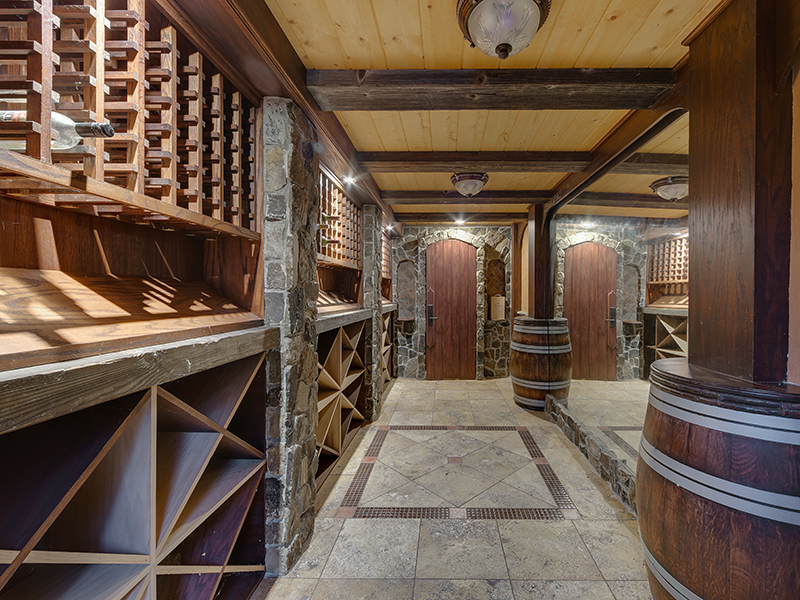
“Some years, ensuring that there is enough sun penetration through the canopy and enough sunlight to adequately bring the fruit to maturity can be an issue,” explains Burch. “We have to be diligent with leaf removal and also make sure that there isn’t too much fruit hanging to expect the vine to mature.”
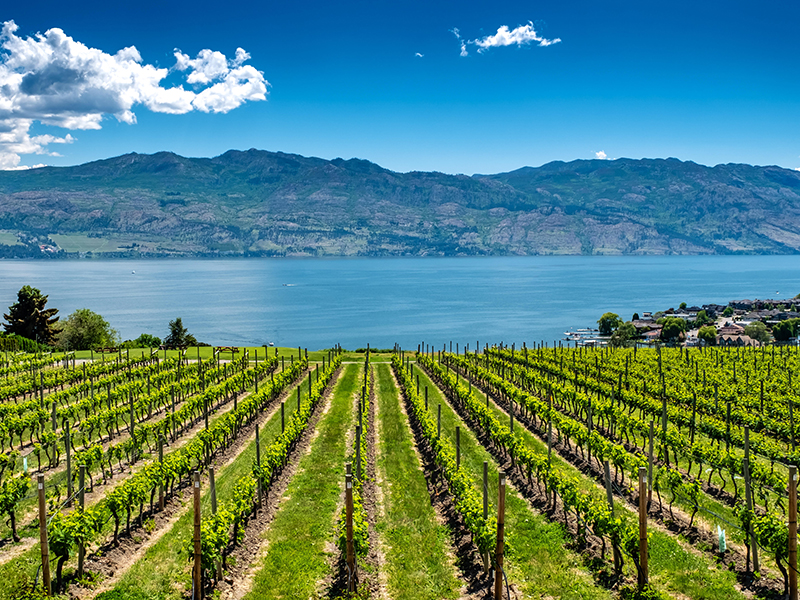
Trevor Smith, the assistant winemaker at Oregon’s Antica Terra and formerly of Napa’s Screaming Eagle Winery, agrees with Burch, adding that cold temperatures put unexpected pressures on growers and winemakers. “Cooler weather can also include more precipitation, which can cause disease pressure like mold and rot on the vines.” As a result, diligence and flexibility are required in the vineyard.
On the other side of the Atlantic, both France and Italy’s top wine regions display the advantages of making wine in chilly locales. In Northern Italy for example, Piedmont and Alto Adige are fantastic examples of Alpine climes making wines that stand out in both the immediate and long-term future. Pristine mountain streams fueled by snowmelt and high elevations keep these regions cool and allow indigenous white grapes like Pinot Grigio and Verdicchio to thrive, while Nebbiolo, Lagrein, and Schiava dominate the stage for reds in these regions; notable wines include Barolo and Barbaresco in Piedmont, and Sylvaner and Gewürtztraminer from Alto Adige.
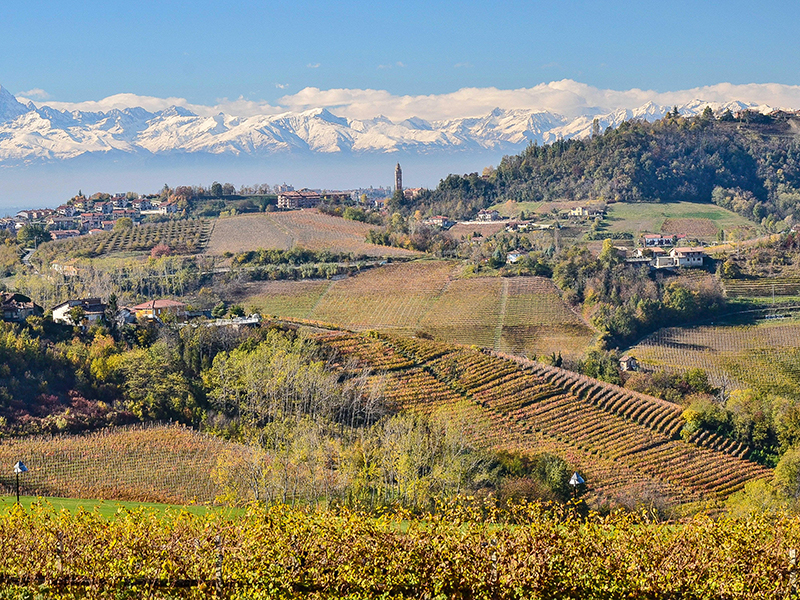
A similar combination of elevation and Northern latitudes allows grape cultivation to thrive in Switzerland and Canada’s British Columbia, presenting gorgeous opportunities for drinkers from traditional and off-the-beaten-track grapes.
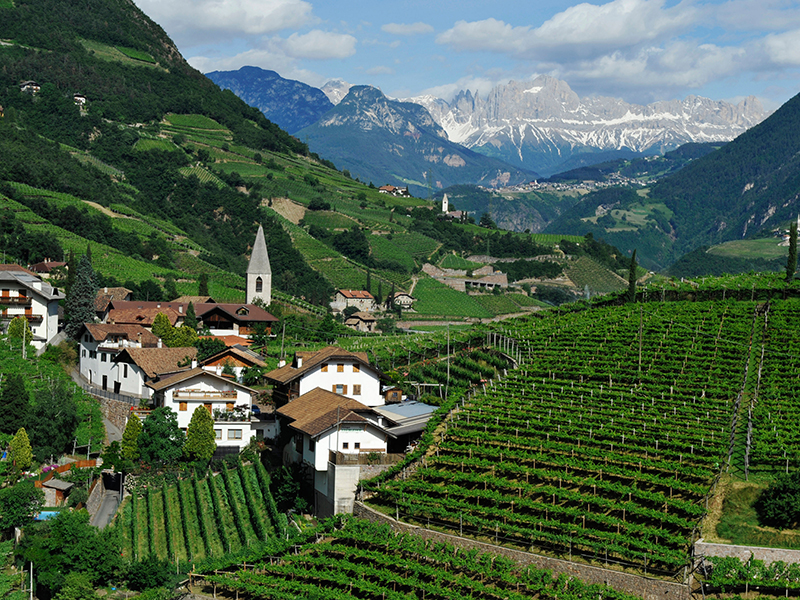
“British Columbia is producing outstanding wines,” explains Jienna Basaldu, sommelier at acclaimed San Francisco restaurant The Morris. “As one winemaker explained it to me, their wines are ‘next world,’ as a result of their unique climate and microclimates.” The vast region of Western Canada, with its array of microclimates, allows varieties like Riesling and Pinot Noir to flourish.
What Burch describes as “push and pull,” and Basaldu calls “next world” in cool-climate wines gives the bottles the structure to age. This often makes them incredible value at auction, including standout bottles like Salon Le Mesnil 1990, and Dom Pérignon 1988, a lot of which recently sold at Christie’s, realizing 14,701 CHF ($14,516.50).
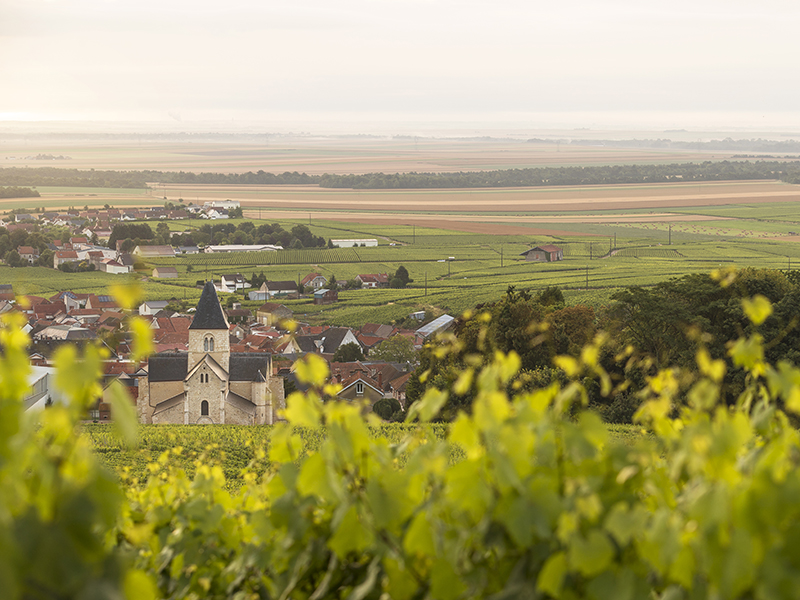
“We do see many Champagnes at auction,” explains Munro, “especially direct from the cellar and they are exquisite. Champagne needs to be stored perfectly, but, when it is, it truly ages beautifully. Its climate really lends the wines the acid and structure for that.”
Whether blanketed by maritime fog or chilled by icy streams fueled by Alpine snows, cool-climate wines represent a fantastic diversity for drinkers and collectors. While these wines may lack the instant curb appeal of lush fruit flavors and a full body, their earthy nuances and subtleties are a collector’s dream.